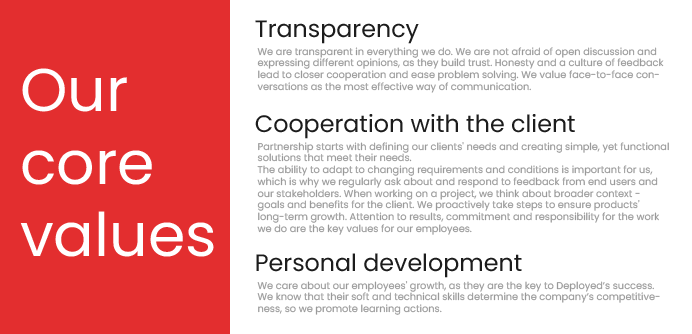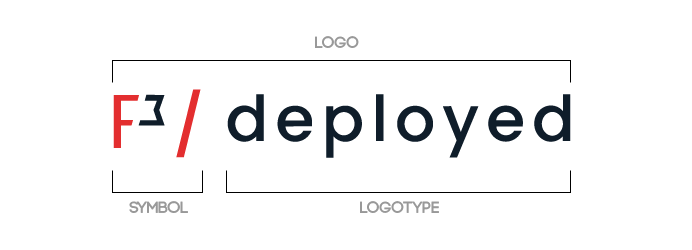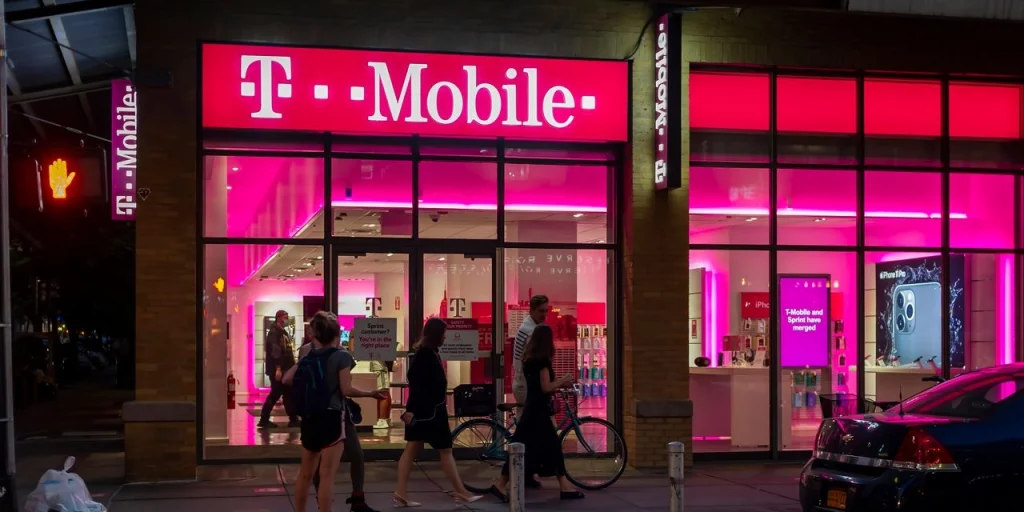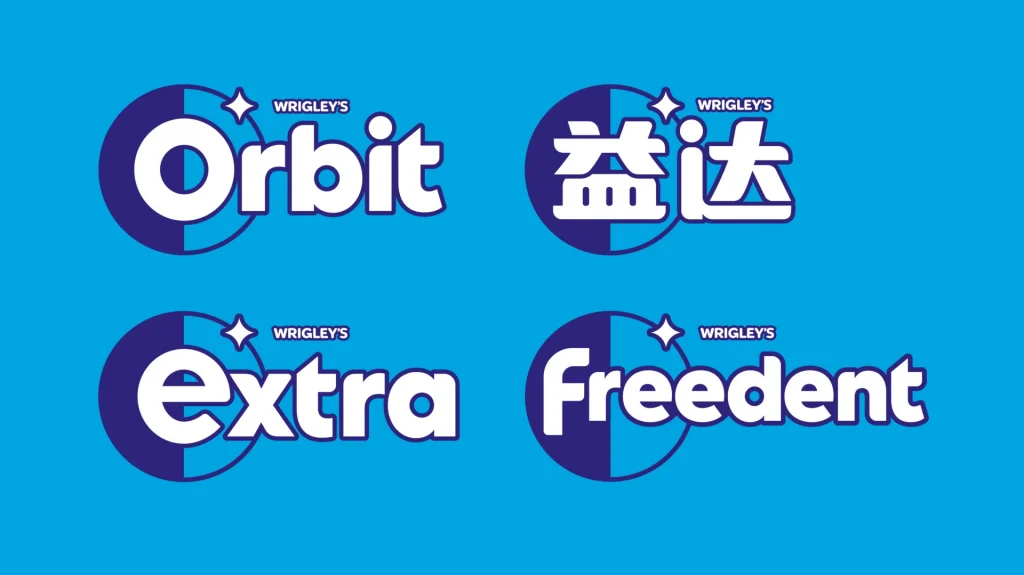- Adrianna Baranowska, Scrum Master at Deployed, emphasises that brands with well-defined brand books can boost their revenues by up to 30% through consistent and recognisable marketing efforts.
- Adrianna highlights that a consistent brand book improves both external marketing and internal communication, creating a unified approach and building trust among customers and employees.
- Adrianna underscores the importance of following brand book guidelines in UI/UX design to ensure visual consistency across all platforms, enhancing brand recognition and customer trust.
Adrianna Baranowska, fondly known as Ada, embodies a unique blend of management expertise and technical curiosity. As a Scrum Master at Deployed, a renowned software house, Adrianna has carved a niche for herself by leveraging her diverse skill set to drive her team’s success.
Role at Deployed
With a background in IT, having studied it for almost two years, Adrianna possesses a solid understanding of technical concepts. Her interest in design, particularly in tools like Figma, complements her outstanding management skills, enabling her to provide valuable feedback and support to her clients and designers.
As a Scrum Master at Deployed, Ada plays an important role in overseeing various projects, ensuring smooth collaboration and efficient workflow. Her responsibilities encompass understanding client needs, guiding the design process, developing in iterations, and maintaining the final product. Deployed’s approach is highly flexible, catering to diverse industries and employing a range of technologies to deliver tailored solutions.
Also read: Interview with Alexander Timokhin, InterLIR COO: IP market trends and blockchain IP management
What is a brand book?
When establishing your brand, it’s crucial to focus on more than just the product or service you offer. Your brand serves as a means for customers to assess your identity, image, core values, and other company attributes before engaging with your products and services. The essence of branding and image lies in conveying the company’s values effectively.
Defining a brand book
A brand book is a comprehensive document that encapsulates a company’s identity, including its mission, vision, values, and visual elements like logos and colours. A well-constructed and defined brandbook helps to increase brand recognition, thanks to which users can relate to the brand’s visual identity or the slogans used.
Key elements of a brand book
Introduction
- The origin of the brand and its history: When was the brand founded, and where did the name come from?
- Mission, vision, and values: Clearly articulating these components helps define the company’s purpose, direction, and fundamental principles.

- Target audience: Understanding and identifying the target audience ensures that marketing efforts are directed appropriately.
- Tone of voice: This defines how the company communicates with its audience, whether in a friendly, professional, or other manner. Keep in mind who your target audience is.
- Slogan: A slogan encapsulates your company’s essence. To create one, consider questions like: what is your brand’s core idea? What does it offer?
Brand guidelines
A brand style guide is a subset of a brand book and focuses on the visual elements of your brand, such as logo usage, typography, color palette, and imagery. On the other hand, a brand book covers all elements of your brand’s identity, including both visual and messaging components.
- Logo: This section is among the most detailed in the brand book. It includes various aspects of the logo, such as the presentation of the wordmark, symbol, dimensions, protective space, vertical and horizontal versions, color variations (colour, black, white, grayscale), positioning, usage scenarios, and permissible modifications.

- Color palette: Define your primary and secondary colours in different colour modes, such as RGB (Red, Green, Blue), CMYK (Cyan, Magenta, Yellow, Key/Black), and HEX (Hexadecimal). For instance, when you think of T-Mobile, the magenta colour immediately comes to mind. They consistently use this colour in their branding. Whenever Ada thinks of T-Mobile, she instantly pictures their logo set against that distinctive magenta background.

- Typography: Select a font that complements your logo and effectively conveys information to your audience. Typography encompasses more than letters; it involves the art of text layout, spacing, sizes, and color contrast. The choice of font significantly impacts brand recognition.
- Shapes: Shapes frequently appear on your website or promotional materials like flyers. Define the shapes that will contain text, photos, or illustrations, and ensure they blend seamlessly with other elements across different platforms. In Poland, there is a chewing gum brand called Orbit, which is known as Extra in the UK. When Ada first visited the UK and saw it, she immediately recognised it as the same company. Despite the different names, the entire packaging and colours are identical.

- Photographs: Ensure consistency in your visual communication through photographs. Determine how photos will integrate with shapes and typography on your site.
- Icons: Icons facilitate communication with your audience and simplify navigation. They should be straightforward and intuitive. This section should include information about the grid, sizes, and outline thickness.
- Illustrations: Explain why your brand uses illustrations, what message they convey, and the desired style.
- Infographics: Detail what your infographics will communicate, the contexts in which they will be used, and where they will appear.
- Patterns: Describe any patterns used in your visual communications, illustrating their appearance and explaining their application in various situations.
- Use cases: This section should include visual examples of your website, business cards, and other materials, showcasing how your logo, shapes, and other branding elements are applied.
The relationship between brandbook and IT
At Deployed, projects range from web applications to marketing pages. While working on these projects, attention is given not only to technical aspects but also to visual components. Consistency in visual communication is recognised as crucial for brand development. As an IT company, Deployed understands that the mobile and web applications created for clients must adhere to the guidelines specified in their brand books.
These branding guidelines are closely related to UI/UX design, both of which aim to achieve the best user experience. Each UI/UX designer at Deployed needs to first become familiar with the client’s brand, understanding their mission, purpose, and communication style. This understanding is then reflected in the design mockups.
Usually when we are starting developing things like UI/UX, we are starting with the design system and it should be created based on the brand book.
Adrianna Baranowska, Scrum Master at Deployed
Key elements of branding and UI design, such as colour palettes, typography, and layout, must be consistent with the brand book. Using colours or fonts that differ from those specified can make the brand’s overall appearance seem disjointed, causing various advertising elements to appear as if they come from entirely different companies. Designers at Deployed ensure that the mockups are visually aligned with other advertising elements of the brand. Whether someone picks up a flyer or browses a company’s website, it should be clear that they belong to the same brand.
Also read: Key facts about a NIC (network interface card)
Practical application and benefits
Brands with brand books, which ensure a consistent visual identity across all platforms, can boost their revenues by up to 30%. Consistent marketing efforts help to broaden reach and enhance audience understanding of the brand.
Moreover, Ada explains that a well-defined brand book is not only beneficial for external marketing but also for internal coherence. It helps in creating a unified approach to how the company presents itself, both visually and conceptually. This consistency builds trust and recognition among customers.
Any organisation, regardless of size or industry, can benefit from having a brand book. It is applicable to both large IT companies and small local convenience stores. A brand book is designed for any brand aiming to create a cohesive image and ensure effective communication with its audience. It is particularly beneficial for brands in competitive industries, as it helps them stand out from the competition.
Consequences of neglecting consistent visual identity
Consider a brand without a clearly defined visual identity. If this brand relies on various marketing and advertising companies to create materials such as websites, flyers, business cards, or banners, there is a high likelihood that the resulting image will be inconsistent and chaotic. Instead of following a unified set of guidelines, each agency might apply its own style and rules, leading to a fragmented brand image.
I believe brand book is a great tool, which gathers a lot of information about your company. The most important thing is to be coherent, to have everything the same style.
Adrianna Baranowska, Scrum Master at Deployed
This inconsistency can severely impact the business, as it becomes less recognisable in the market. Consequently, the company might need to offer lower prices to remain competitive. Using different marketing content each time can lead to confusion, reducing the likelihood that customers will remember or trust the brand. This inconsistency increases the chances that potential customers will choose competitors’ services over yours.
A trusted software house: Deployed’s approach to projects
Deployed has been a significant player in the software industry for nearly 15 years. The company specialises in computer science-related projects, addressing the specific needs of their clients.
Client-Centric development
Deployed’s project methodology is highly client-centric. They engage with clients from the outset, understanding their needs and working closely with them throughout the design and development process. This approach ensures that the final product aligns with the client’s expectations and requirements.
Flexibility in execution
The company is adaptable, capable of handling projects that vary significantly in scope and complexity. Whether it’s developing a comprehensive e-commerce platform or implementing IoT solutions, Deployed leverages its diverse skill set to deliver high-quality results.
Technological expertise
Deployed’s technical expertise spans a wide range of technologies. They are proficient in Python frameworks like Django, Flask, and FastAPI, and front-end technologies such as React. For mobile app development, they use React Native, ensuring that they can cater to various client needs across different platforms.
The value of personal development at Deployed

Cultivating a skilled workforce
Ada appreciates the company’s commitment to nurturing ambitious, hardworking individuals. The company fosters a culture of continuous learning and improvement. This focus ensures that team members remain motivated and equipped with the latest skills and knowledge.
Team collaboration and success
The collaborative environment at Deployed is a significant factor in the company’s success. Team members work closely together, sharing insights and expertise to overcome challenges and deliver outstanding results. This culture of cooperation and mutual support is a cornerstone of Deployed’s operational philosophy, allowing staff to deliver exceptional results consistently.
Also read: Interview with Vladimir Kangin, CEO at IPTP Networks, and a 28-year voyage from USSR to Cyprus
Challenges and solutions in project management
Ada acknowledges that project management is not without its challenges. From dealing with client feedback to managing timelines and resources, there are numerous hurdles to navigate. However, the structured approach and clear communication channels at Deployed help mitigate these issues.
The role of feedback and iteration
Feedback is a crucial component of Deployed’s project methodology. By regularly seeking input from clients and stakeholders, the team can make necessary adjustments and improvements throughout the project lifecycle. This iterative process ensures that the final product meets or exceeds client expectations.
Future directions for Deployed
Looking ahead, Deployed aims to continue expanding its technological capabilities. The company is exploring new avenues in AI and machine learning, intending to integrate these advanced technologies into their service offerings.
Also read: AI news anchors report round the clock – here’s where to see them
Also read: LARUS launches auction platform for IPv4 address transactions
While currently focused on Europe, Deployed is considering expanding its reach to other regions. Collaborations with international partners, such as their ongoing project with a Malaysian team, highlight the company’s readiness to operate on a global scale.
Ada also emphasises Deployed’s focus on excellence. The company is dedicated to maintaining high standards in every aspect of its operations. This includes meticulous project execution, ensuring that each phase of development is carried out with precision and efficiency. Meanwhile, Deployed prioritises exceptional client relations, striving to understand and meet client needs through clear communication, timely delivery, and ongoing support. This holistic approach guarantees that Deployed consistently delivers high-quality solutions and fosters long-term, positive relationships with its clients.
As an IT enthusiast and Scrum Master, Adrianna represents the dynamic and versatile talent that drives Deployed’s success. Under her guidance, Deployed continues to deliver reliable solutions and exceptional service to clients across various industries. As the company looks to the future, its commitment to personal development, client satisfaction, and technological advancement will undoubtedly pave the way for continued growth and success.

